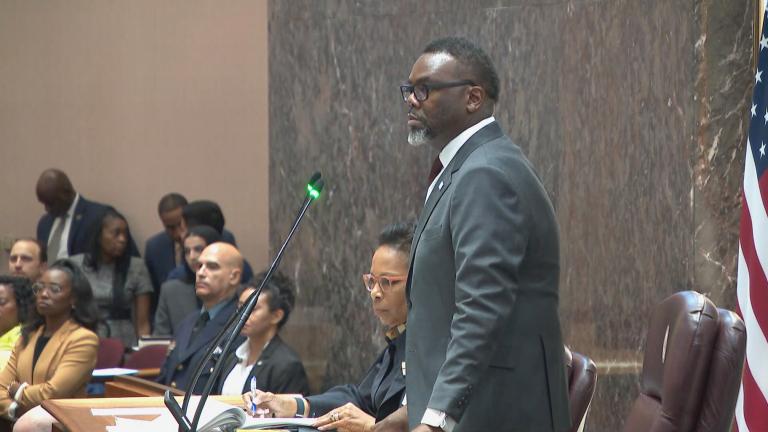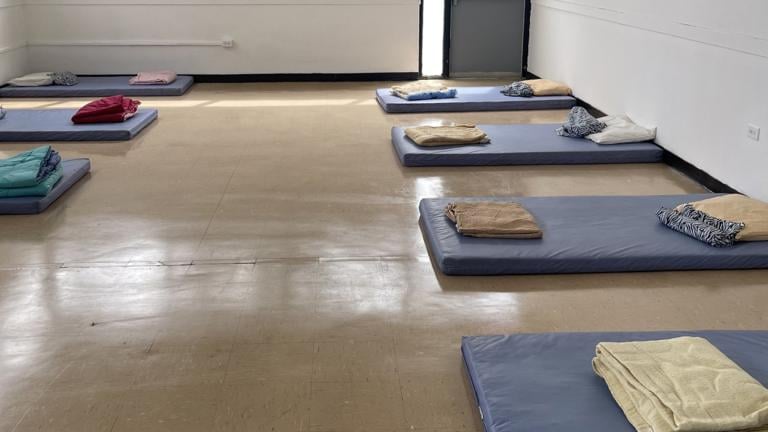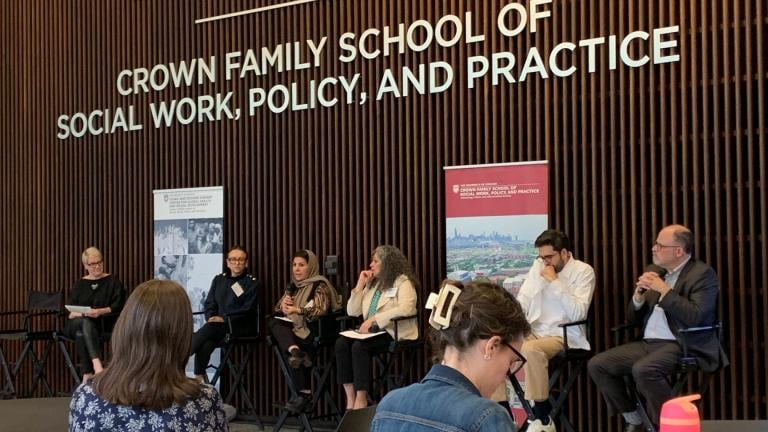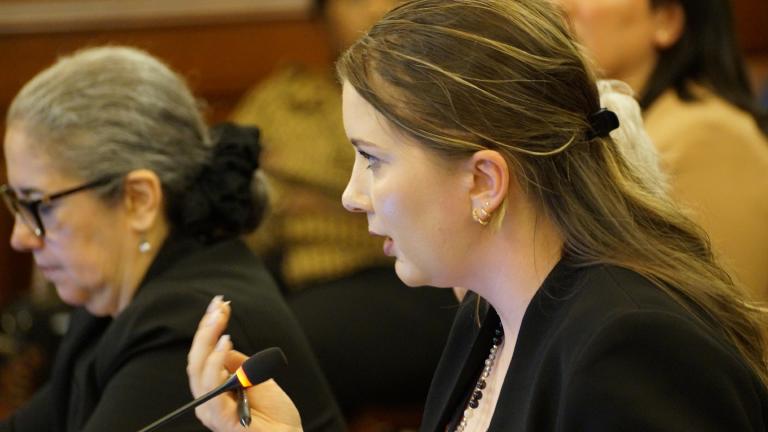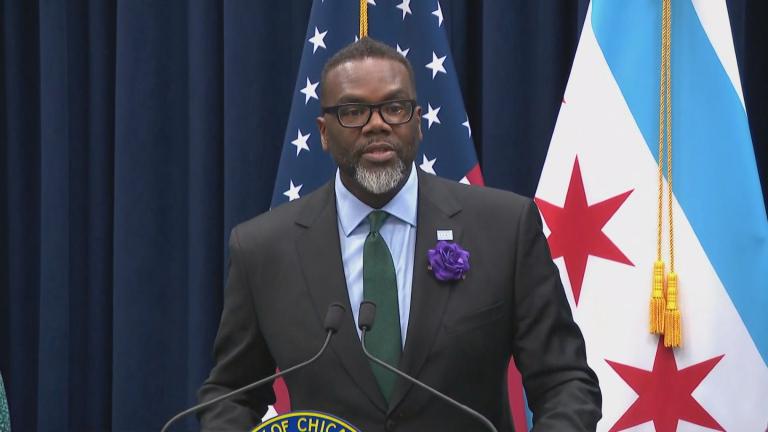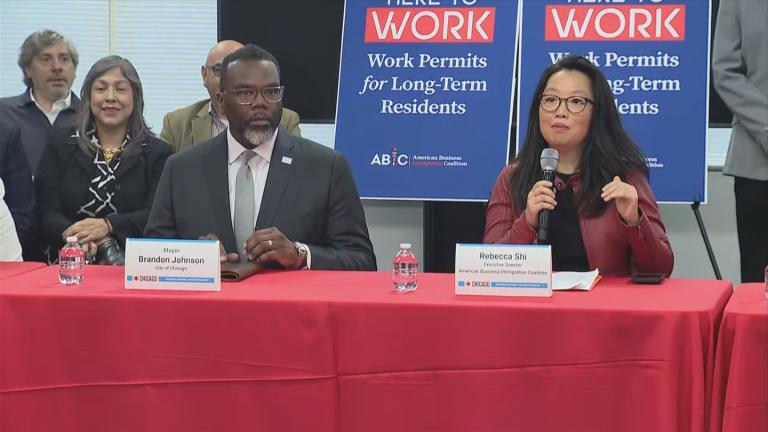A decade ago, thousands of young immigrants showed up to Navy Pier.
They came out for a chance to meet with immigration experts and submit their application for a new program: the Deferred Action for Childhood Arrivals, also known as DACA.
“DACA came about due to the courageous efforts of undocumented young people here in Chicago and across the country ‘coming out’ as undocumented and organizing actions, including the Coming Out of the Shadows events in Federal Plaza, the Trail of Dreams march in Florida, and ultimately the sit-ins at President [Barack] Obama’s campaign office in 2012,” said Fred Tsao, senior policy counsel with the Illinois Coalition for Immigrant and Refugee Rights.
After the Dream Act failed to pass in 2010, which would have legalized young undocumented individuals and put them on a path to citizenship, Obama announced DACA in June 2012 as a temporary program through executive order.
“DACA has enabled hundreds of thousands of immigrants who came to the U.S. as children to continue with their education, find work, build careers, and in some cases get permanent status and become U.S. citizens,” Tsao said.
For Dulce Dominguez, DACA came at a critical time in her life. She was one of the 12,000 people who stood in line waiting to learn more about the application at Navy Pier.
“Without a work permit and protection from deportation, I might be living a different life today,” Dulce said.
She has been able to find a way to pay for her college education, and having DACA has opened the door to many job opportunities, and above all, Dulce said it has allowed her to feel safe in the community she calls home.
There are currently over 800,000 DACA recipients.
“DACA recipient households pay $6.2 billion in federal taxes each year, and these households hold $25.3 billion in spending power,” says Irma Wilson, staff attorney with North Suburban Legal Aid Clinic.
Despite the economic and community impact, the status of DACA has remained in limbo.
During the Trump Administration, DACA has faced a series of challenges. On Sept. 5, 2017, the Trump administration announced the termination of the DACA program, which left many recipients confused about their immigration status.
Dulce has gone through a roller coaster of emotions, “from planning my life in two-year windows, to having to plan for worst case scenarios like DACA suddenly ending. Not having stability, or certainty in my life forces me to think of two futures.”
DACA’s legal standing made it all the way to the Supreme Court, and in a 5-4 decision, the Supreme Court ruled in favor of the program, with one judge calling its potential elimination “arbitrary and capricious.”
The fight for DACA did not end there. Tsao says that there are multiple lawsuits that came after DACA was reinstated in the Supreme Court.
“Texas and several other states have filed a lawsuit challenging the legality of the Obama Administration creating DACA in the first place,” Tsao said. “That lawsuit resulted in a court order blocking new DACA applications but allowing people with DACA to continue to renew.”
That decision is now being considered by an appellate court and could also land at the Supreme Court. As it stands, there are no new DACA applicants, only DACA renewals.
Wilson believes that DACA needs to be codified to protect the millions that rely on this program. “We foresee continuing challenges unless there is an act of Congress,” she said.
Dulce has many hopes for the future, “As a DACA recipient I look forward to the day I can start planning a long-term vision for my future. I look forward to the day people like me are not forced to spend our lives explaining why we are worthy of dignity, and recognition. I am hopeful that we will soon get the permanent protection we so urgently need.”

